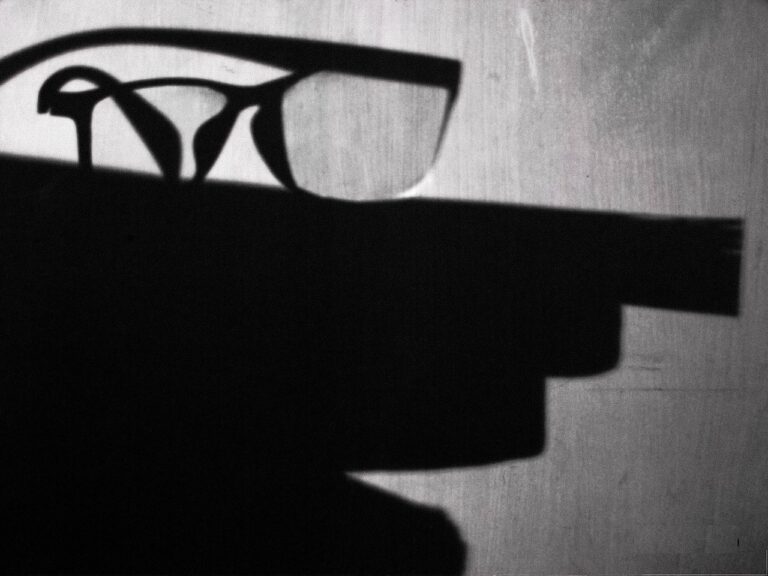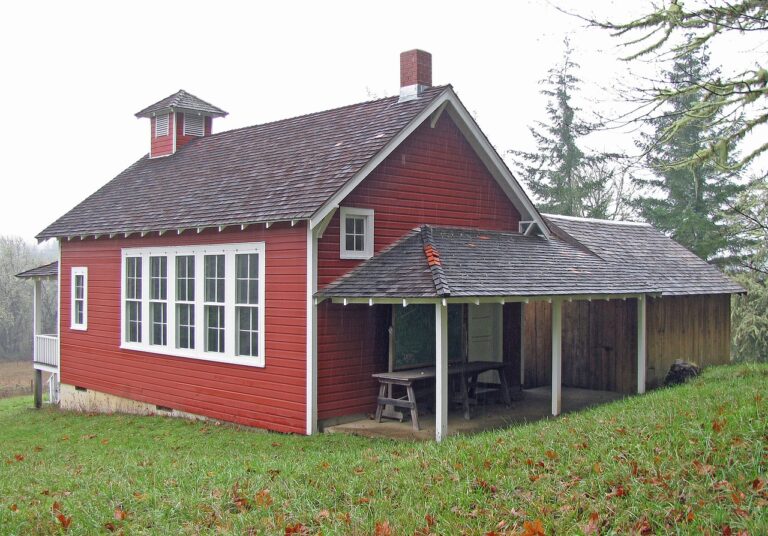Leveraging Virtual Reality for Cultural Heritage Preservation
Virtual reality (VR) technology is revolutionizing the way cultural heritage preservation is approached by offering immersive experiences that bring historical sites and artifacts to life in ways never before possible. Through the use of VR headsets, users can explore ancient ruins, museums, and other significant cultural landmarks as if they were physically present, allowing for a deeper connection and understanding of our shared history. By digitizing and preserving these sites in a virtual space, VR technology ensures that future generations can access and appreciate these valuable resources regardless of geographical or logistical constraints.
Moreover, VR technology enables cultural heritage experts to digitally recreate and restore damaged or lost artifacts, providing a glimpse into the past that would otherwise be impossible. Through highly detailed 3D models and interactive simulations, viewers can interact with objects and structures in ways that go beyond traditional photographs or videos, offering a more engaging and educational experience. This innovative approach to cultural heritage preservation not only helps to protect and conserve our cultural legacy but also opens up new possibilities for research, education, and public engagement in the field of archaeology and history.
Benefits of Using Virtual Reality for Cultural Heritage Preservation
Virtual reality technology offers a unique and immersive way to preserve and showcase cultural heritage sites and artifacts. By creating realistic and interactive virtual replicas, individuals from around the world can explore these historical treasures without physically being present. This not only helps in increasing awareness and appreciation for diverse cultures but also aids in the conservation efforts of these valuable assets.
Moreover, virtual reality enables users to experience historical events and places in a way that traditional methods cannot replicate. By incorporating elements such as 3D modeling, interactive storytelling, and spatial audio, VR technology transports users back in time, allowing them to witness and engage with the past in a more engaging and meaningful manner. This innovative approach to cultural heritage preservation opens up new possibilities for education, research, and tourism, offering a dynamic and comprehensive way to safeguard our shared history for future generations.
Challenges in Adopting Virtual Reality for Cultural Heritage Preservation
Virtual reality technology has shown immense promise in the realm of cultural heritage preservation. However, its adoption comes with its own set of challenges. One major obstacle is the high cost associated with developing and maintaining virtual reality projects. From acquiring the necessary equipment to hiring skilled professionals, the financial investment can often be a deterrent for many cultural heritage organizations.
Additionally, another challenge lies in the technical expertise required to create accurate and immersive virtual reality experiences. Not all heritage sites are easily translatable into the virtual world, as capturing intricate details and historical significance can be a complex process. This necessitates a high level of technological proficiency and collaboration between heritage experts and virtual reality developers to ensure the authenticity and integrity of the cultural heritage being preserved.
• High cost associated with developing and maintaining virtual reality projects
• Acquiring necessary equipment can be expensive
• Hiring skilled professionals adds to the financial investment
• Technical expertise required for creating accurate and immersive VR experiences
• Not all heritage sites easily translatable into virtual world
• Capturing intricate details and historical significance is complex
• Collaboration between heritage experts and VR developers essential
What is virtual reality technology in cultural heritage preservation?
Virtual reality technology allows users to experience and interact with digital reconstructions of cultural heritage sites, artifacts, and monuments.
What are the benefits of using virtual reality for cultural heritage preservation?
Using virtual reality can help preserve cultural heritage sites by creating digital replicas that can be accessed and experienced by people all over the world. It also allows for immersive and interactive experiences that can enhance learning and understanding of cultural heritage.
What are some of the challenges in adopting virtual reality for cultural heritage preservation?
Some challenges include the high costs of creating and maintaining virtual reality experiences, the technical expertise required to develop virtual reality content, and the need for collaboration between cultural heritage experts and technology developers.
How can virtual reality technology be used to engage younger generations in cultural heritage preservation?
Virtual reality can be used to create interactive and educational experiences that appeal to younger generations, such as virtual tours of historical sites or immersive storytelling experiences based on cultural heritage themes.





